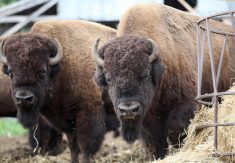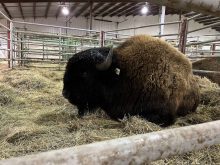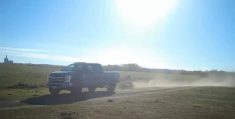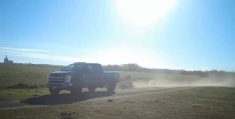Carter Baranyk has always been fascinated by bison, so when the time came to choose a capstone project for his land and water management diploma at Assiniboine Community College, he knew his topic.
“I thought they were really cool animals,” he said, recalling childhood trips to the Manitoba Museum (formerly the Manitoba Museum of Man and Nature) and its opening display — a diorama of a Métis hunter with a fleeing bison just steps ahead.
Trips to Minnedosa during hockey season, which had living, breathing animals in the bison park just outside town, helped cement his interest.
Read Also
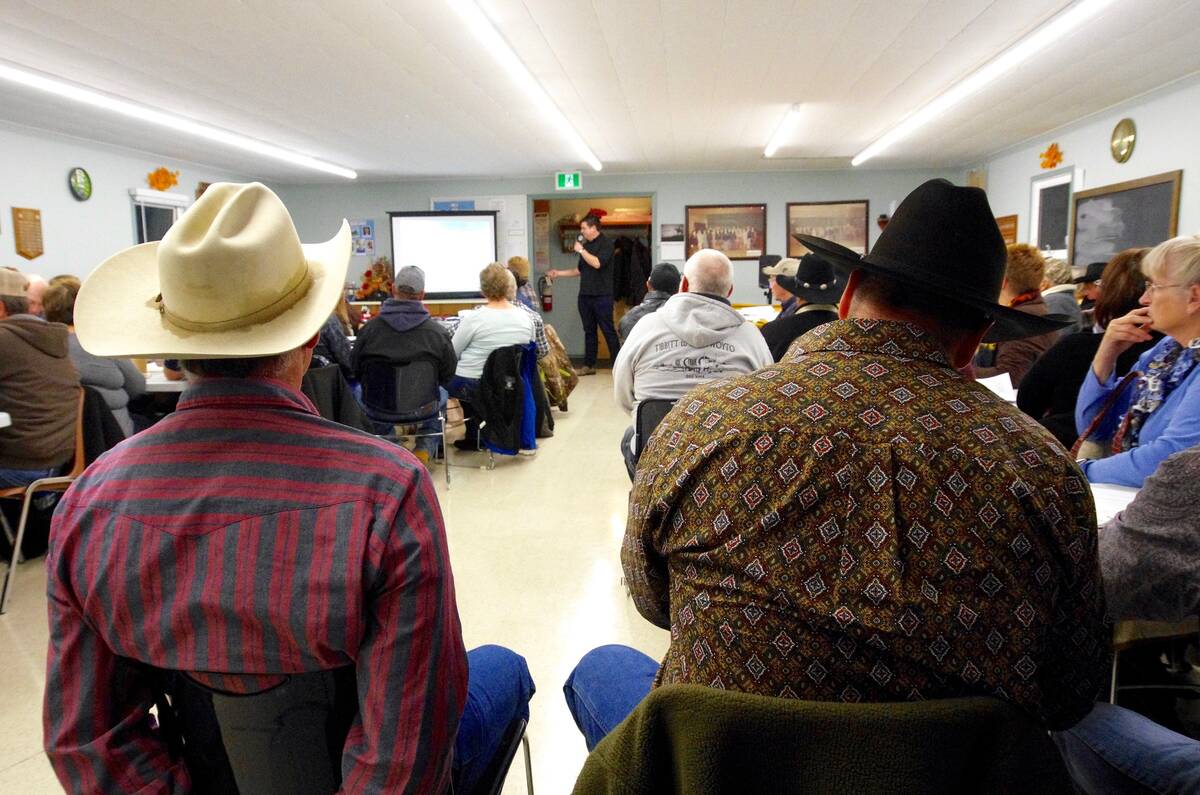
Don’t blow off that beef producer meeting
Local veterinarians and livestock experts often speak at beef producer group events. They have good advice for the farmer on vaccines, calving, beef herd management and more.
Baranyk started reading on the topic. He was drawn to the history and the comeback of the bison after being hunted to near extinction by European settlers in the 19th century. He became more aware of the commercial bison sector.
“Bison are everywhere,” he said. “You see them on our flag, sports teams, stuff like that, but to know that there are over 50 commercial bison farms in just Manitoba alone, I thought was really interesting. I just wanted to do something involving that.”
Baranyk’s two-part project is focused on outreach. A general information booklet will be targeted for the public, highlighting the animal, its traditional importance, its ecological role on grasslands and the state of the bison sector.
The second publication to come out of the project will focus on those already active in agriculture. Baranyk has plans for a grazing guide that will encourage bison as a choice for potential producers.
He presented his project outline at the 2023 annual meeting of the Manitoba Bison Association in February.
“He gave us his final draft of it,” said association president Robert Johnson.
Baranyk had approached the organization last September for help digging into the history and details of bison production in Western Canada.
The result was “really good,” if more focused on narrative than long lists of facts, Johnson said.
“He’s obviously really passionate about the animals and he’s a really good researcher in terms of the depths that he went to, to find information.”





